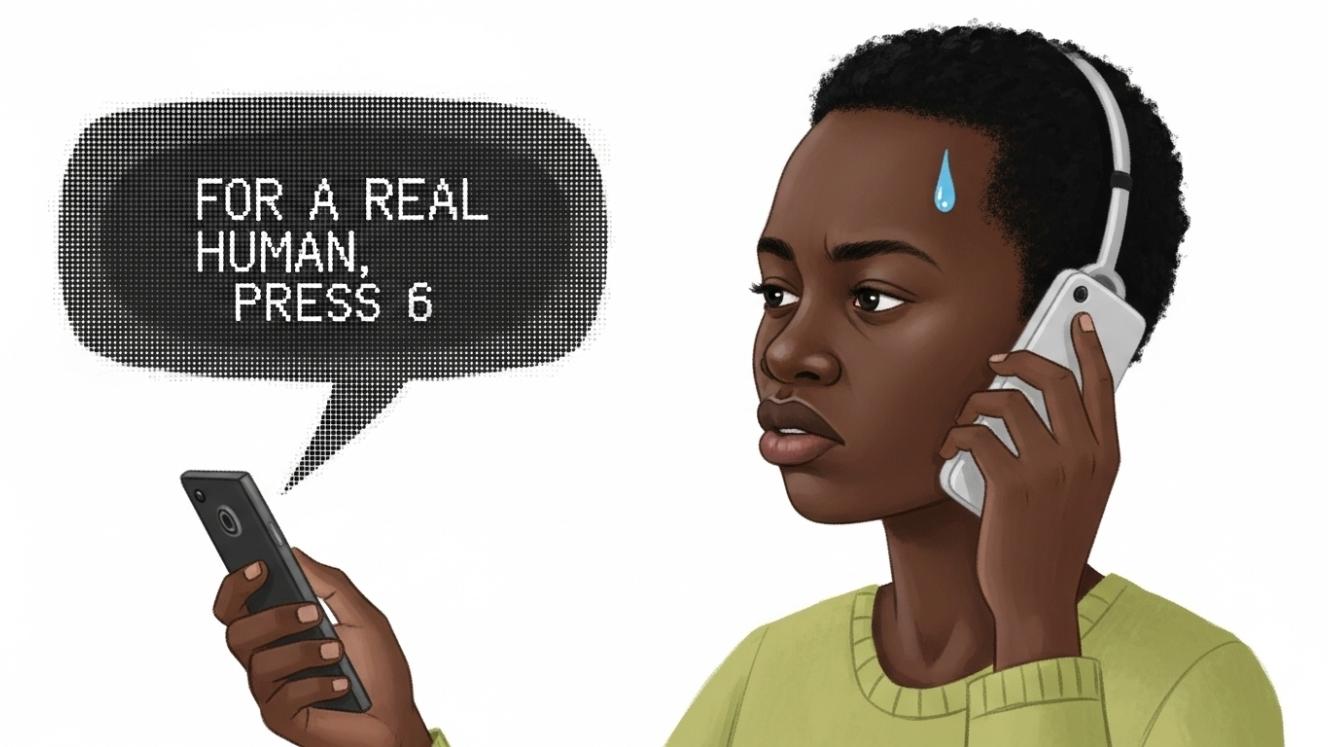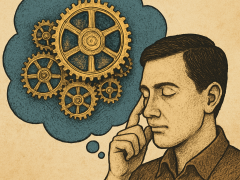In our pursuit of digital efficiency, we may have lost sight of what real customer service means.
Technology and AI have their place, but when something goes wrong, nothing replaces the clarity, empathy, and connection of a human voice. Euphoria Telecom MD Warren Hawkins outlines how humans and technology should work together to provide the customer experience today's consumer really wants.

The other day, I was trying to resolve a simple billing issue with an online subscription service. You know the kind of thing, the charge on the invoice didn’t match what I’d been billed the previous month, even though the invoices looked identical. It should have been easy to sort out.
However, instead of a phone number to call or an email address, I could only find an AI chatbot. So, I typed out my query carefully, even attached the invoices, and explained the problem. The bot replied: “Hi, what topic can I help you with today?” My whole explanation had vanished.
I retyped everything, hoping maybe I’d get a different response. This time, I was offered a handful of generic help topics. None of them relevant. I kept asking to speak to a human, but the bot just kept looping me back into the same cycle. By the time I finally got through to a person, I was, to say the least, a little frustrated. And yet within 30 seconds of hearing a human voice, I had my answer. Done. Resolved. YAY!
It struck me at that moment: have we gone backwards in customer service?
We’re living in an age where technology is supposed to make everything easier and faster. And yes, in some cases it does. AI can tell you where your delivery is. It can answer basic questions about a product. But the moment something goes wrong, or when a situation doesn’t fit neatly into a predefined box, I think the fastest, clearest, and most reassuring solution is still to talk to another human being.
This morning I was listening to a podcast about the human voice. The host was talking about things like tone, cadence, pitch, and how we instinctively use these to convey emotion and meaning. Our voices connect us at a level that text never can. It made me think about how much effort we, as businesses, are putting into removing our voices from our customers’ experiences — hiding behind bots, layers of automation, and contact forms. And probably more importantly, not allowing our customers' voices to be heard.
And yet, isn’t our ability to communicate through language one of the reasons we are the apex species on this planet? The complexity and richness of our voices are what have allowed us to collaborate, solve problems, and build trust with one another for millennia.
If you think back to the first marketplaces, you didn’t just go back to the baker because his bread was good. You went back because he knew your name. Because he asked how your family was. Because there was a human exchange that made the bread taste better, even if you didn’t realise it at the time. Communication and connection were inseparable from commerce.
Somewhere along the way, we’ve lost that. Businesses today often give the impression that they see customers as line items on a spreadsheet, not as people. And the irony is, in our push to create efficiencies and workflows that make life easier for us as companies, we’ve often made life harder for our customers.
I’m not saying there’s no place for bots, or emails, or self-service. They all have value. But if we really believe what is so often said in boardrooms, that “we care about our customers,” and “we want to listen to what our customers have to say,” maybe we should be encouraging more direct communication? Not less? Because the human voice isn’t just about solving problems. It’s about trust. It’s about reassurance. It’s about reminding customers that behind the digital façade of a brand, there are real people who care (hopefully). And sometimes, that’s all it takes to turn a frustrating experience into a positive one.














